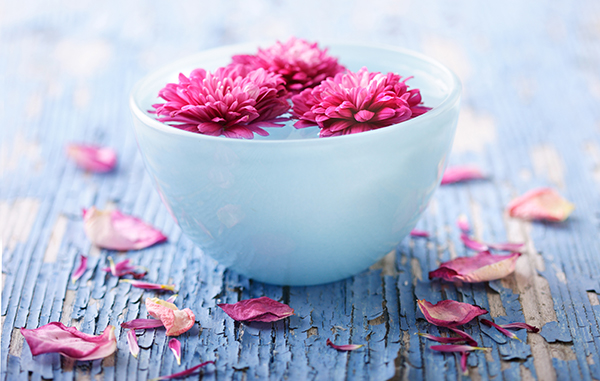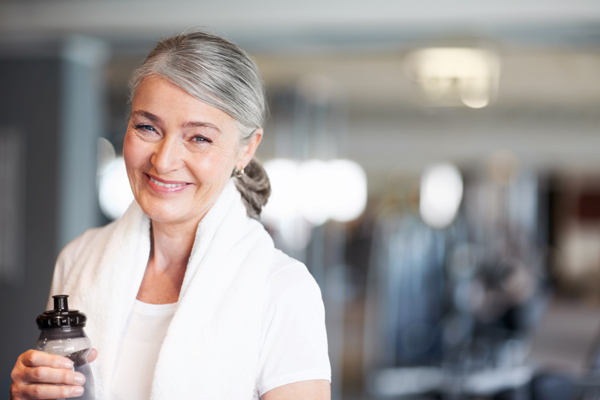I had mentioned on my instagram account a while back that I would talk about my story with skin care. […]
All posts tagged: health
REVENGE OF THE BANANAS T-Shirt – Joining the Forces of Good Health
The way my blog at Life in Balance started was all by wanting to inspire people to eat healthier and […]
7 Things You Can Do to Feel Alive Again
April 22, 2016
Liz B
Lifestyle, Mental Health, Mindfulness and Meditation, Self-Improvement
No comments yet
I have found that many of the systems and paths that we have carved out for us in life, or […]
A Faster Metabolism At Any Age
Although genetics and age play roles in your metabolism, recent studies are showing that you actually have more say than […]
Categories
- Age Spots
- Aging
- Alpha-Lipoic Acid
- Alzheimer's
- Anti-Depressants
- Anxiety
- Appreciating Healthy Food
- Articles/Excerpts
- Artificial Sweeteners
- Attachment
- Ayurveda
- Ayurvedic Teas
- Birth Control
- Bladder Infections
- Blueberries
- Books
- Breakfasts
- Breathing
- Brussels Sprouts
- Buddhism
- Caffeine
- Caregiving
- Coffee
- Consciousness
- CoQ10
- Creative
- Creativity
- Death
- Depression
- Detox
- Detoxify
- Diets
- Digestive Issues
- Eating Raw
- Emotions
- Entrepreneurship
- Essential Oils
- Events
- Fear
- Folate
- Fruit
- GAPS Diet
- General
- Genetics
- Glycemic Index
- Grains
- Health
- Herbs
- Hiking
- Hmong Recipes
- Home Remedies
- Identity
- Infections
- Insights
- Intuition
- Juicing
- Lifestyle
- Love
- Love
- Low-Carb
- Low-Carb Cookin'
- Magnesium
- Mediterranean Diet
- Mental Health
- Metabolism
- Mindfulness and Meditation
- Obesity
- Omega-3 Fatty Acids
- Out of Body Experiences
- Parents
- Phoenix Europa
- Physical Fitness
- Phytonutrients
- Poetry
- Probiotics
- Products I Recommend
- Protein Powders
- Protein Powders
- Q&A
- Quinoa
- Quotes
- Recipes
- Recipes
- Reflections
- Relationships
- Salads
- Seeds
- Self-Improvement
- Side Dishes
- Skin Care
- Slider
- Smoothies
- Social
- Soups
- Spirituality
- Supplements
- T-Shirts
- Tech
- Teenage Years
- Teeth
- The Paleo Diet
- Thoughts and Reflection
- Toothpastes
- Travel
- Twin Flames
- Ubiquinol
- Uncategorized
- Under 20 mins
- Using a Pressure Cooker
- Vegetables
- Vitamin E
- Vitamins
- Wisdom
- Women
- World
- Writing
Tags
anti-depressants
anxiety
awareness
ayurveda
clarity
consciousness
contemplation
dan millman
depression
diet
Diets
digestion
ego
energy
fear
Fruit
gastroparesis
health
healthy
herbs
home remedies
IBS
Internet
kale
letting go
lifestyle
Love
Marketing
meditation
mental health
mind
mindfulness
nutrition
path
probiotics
prozac
quinoa
quotes
Recipes
self-awareness
self-improvement
soups
spirituality
Supplements
under 20 mins



